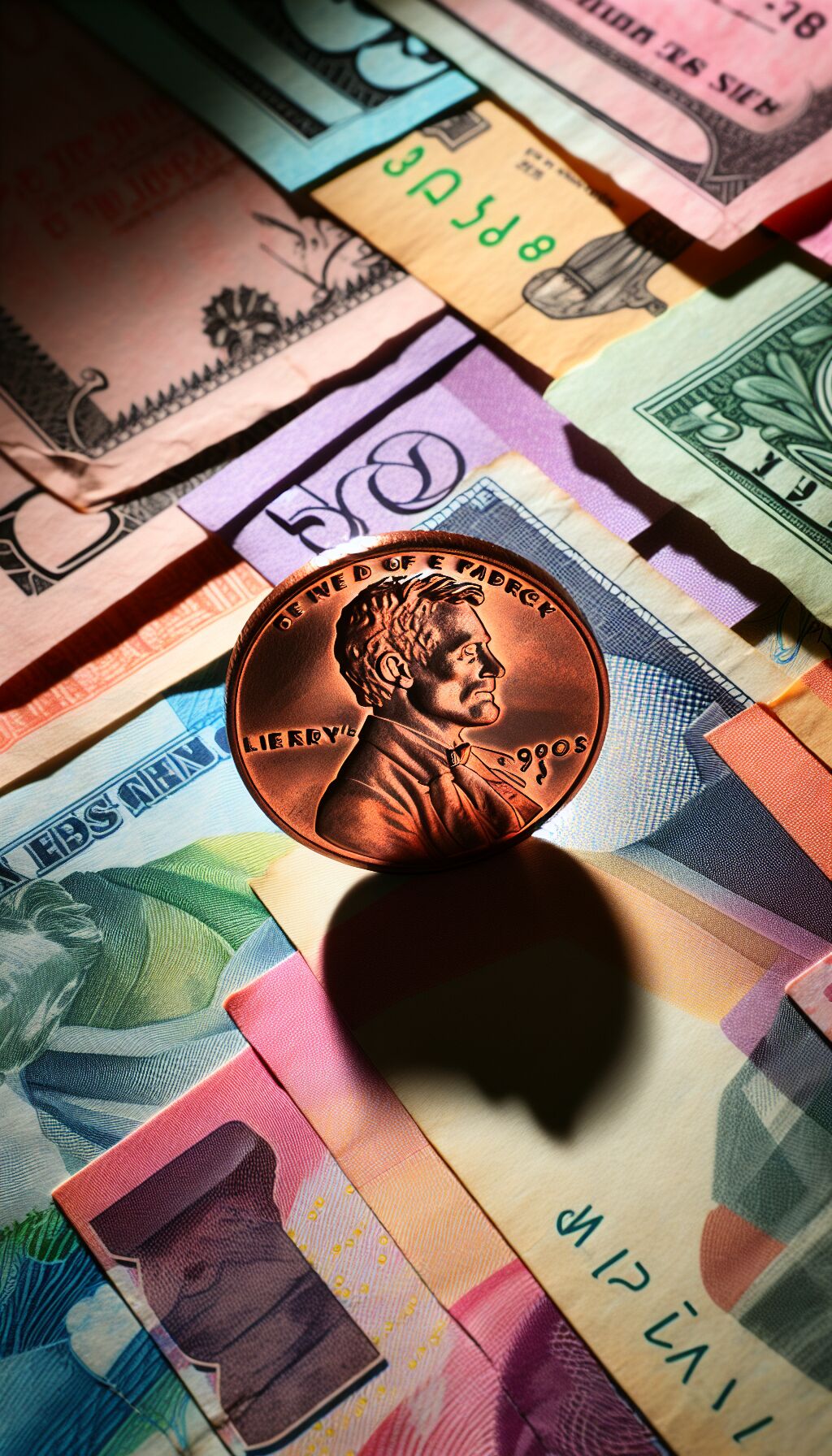Trump Proposes Ending Penny Production: An Examination of Costs and Consequences
In a move aimed at promoting fiscal efficiency, President Donald Trump announced on Sunday his plans to halt the production of the U.S. penny. This initiative, however, is not expected to be a straightforward process. It may involve navigating legislative hurdles and obtaining congressional approval to cease minting the coin altogether.
The High Cost of Minting Pennies
Trump recently took to Truth Social to express his discontent with the current state of penny production, highlighting that the cost of minting them exceeds their actual value. “For far too long, the United States has minted pennies which literally cost us more than 2 cents,” Trump lamented. “This is so wasteful! I have instructed my Secretary of the US Treasury to stop producing new pennies.”
However, the reality is even grimmer than Trump’s assessment; according to a 2024 report from the U.S. Mint, it costs approximately 3.69 cents to produce each penny. The primary materials used are zinc, coated with a layer of copper, which contributes to this inflated production cost.
Elon Musk and Efficiency Advocates Join the Fray
Trump’s statements coincide with findings highlighted by Tesla and SpaceX CEO Elon Musk, who has been vocal about the fiscal inefficiencies associated with penny production through the newly established Department of Government Efficiency (DOGE). This entity is tasked with identifying wasteful expenditures and has already made waves by proposing significant budget cuts, including a drastic overhaul of the billion U.S. Agency for International Development (USAID).
Opponents of Penny Elimination Call for Nickel Review
Yet, not everyone is in favor of discontinuing the penny. The organization Americans for Common Cents has argued that it would be more beneficial to redirect efforts toward reducing the production costs of nickels, which are even pricier to mint. The 2024 Mint report indicates that making a nickel costs approximately 13.8 cents. “The logical and fiscally responsible solution is not to eliminate the penny but to focus on producing a cheaper nickel,” said Mark Weller, Executive Director of Americans for Common Cents. “This approach would address the real driver of losses while preserving the functionality of small denominations in everyday transactions.”
Legislative Challenges in Halting Penny Production
As Trump’s proposals gain traction, questions arise regarding the necessary legislative steps needed to implement them. Experts suggest that Congress would likely need to be involved in this process, as previous endeavors to eliminate the penny have historically met with stiff resistance and ultimately failed.
Robert Triest, an economics professor at Northeastern University, noted that the process for discontinuing the penny is somewhat ambiguous. While it may require congressional action, there exists the possibility that the Secretary of the Treasury could independently cease the minting of new pennies. Historically, Congress has taken actions to halt the production of certain coins, such as the half-cent piece in 1857—a precedent that, while old, shows potential pathways for reform.
Bipartisan Interest in Minting Reform
Interestingly, there is bipartisan support on Capitol Hill for altering the way coins are minted. In 2023, Senators Joni Ernst (R-Iowa) and Maggie Hassan (D-N.H.) reintroduced legislation aimed at changing the composition of certain coins to lower their production costs. “It’s absolute non-cents that American taxpayers spend ten cents to make just one nickel,” Ernst remarked in an April 2023 statement. “This commonsense, bipartisan effort will modify the composition of certain coins to reduce costs while allowing for a seamless transition into circulation. A penny saved is a penny not borrowed.”
Material Changes and Challenges Ahead
However, a change in composition may not translate into significant cost savings. The U.S. Mint’s 2024 report indicates that alternative metal compositions are unlikely to reduce production costs to the face value of the coins. Thus, while there is a clear push to reform coin production, the underlying economic issues associated with minting certain denominations remain intact.
Future Considerations
As discussions continue regarding the future of the penny and other coins, the broader question of monetary efficiency in the U.S. remains crucial. The challenge will be balancing fiscal responsibility with the public’s attachment to small denominations like the penny, which, despite their cost, hold sentimental and practical value to many Americans.
In summary, while Trump’s proposal has reignited the debate over the utility and cost of the penny, it is clear that substantial changes would require careful consideration, cooperation, and perhaps a shift in public perception toward small currency. As the administration pushes for efficiency, the resolution of these issues could have long-standing implications for the nation’s coinage system.
The Associated Press contributed to this report.
